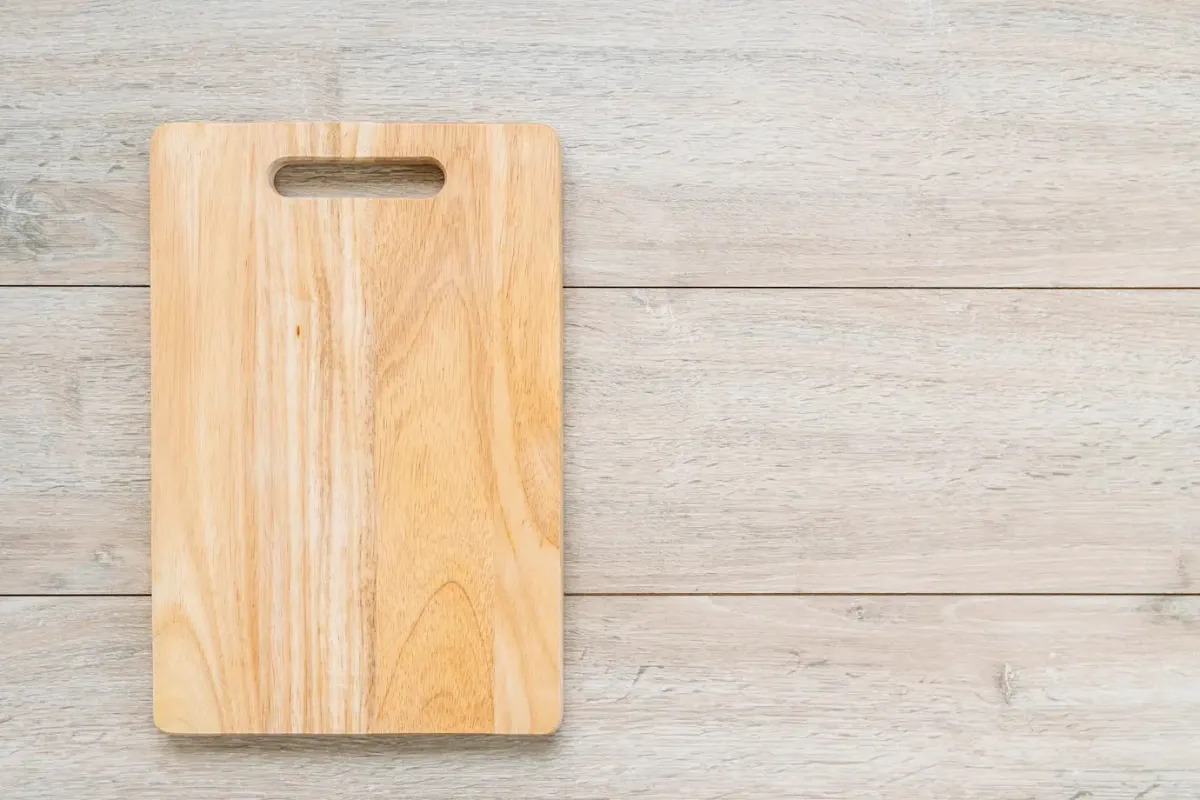Step into any modern kitchen, and there's a chance you'll spot a bamboo cutting board propped up against the countertop. These boards have taken the culinary world by storm, not just for their durability but for their undeniable charm. In this article, we'll slice through the reasons why bamboo cutting boards are the go-to choice for those who want to marry form with function, and how they can transform the heart of your home with their natural allure and eco-friendly glow.
In This Article
- The Natural Beauty of Bamboo
- Complementing Kitchen Themes with Bamboo
- Styling Your Kitchen with Bamboo Accessories
- Maintenance for Long-Lasting Beauty
- Beyond Functionality: Bamboo as Art
- The Versatility of Bamboo in Design
- Gifting Bamboo
- The Great Debate: Bamboo vs. Wood Cutting Boards
- Frequently Asked Questions
The Natural Beauty of Bamboo
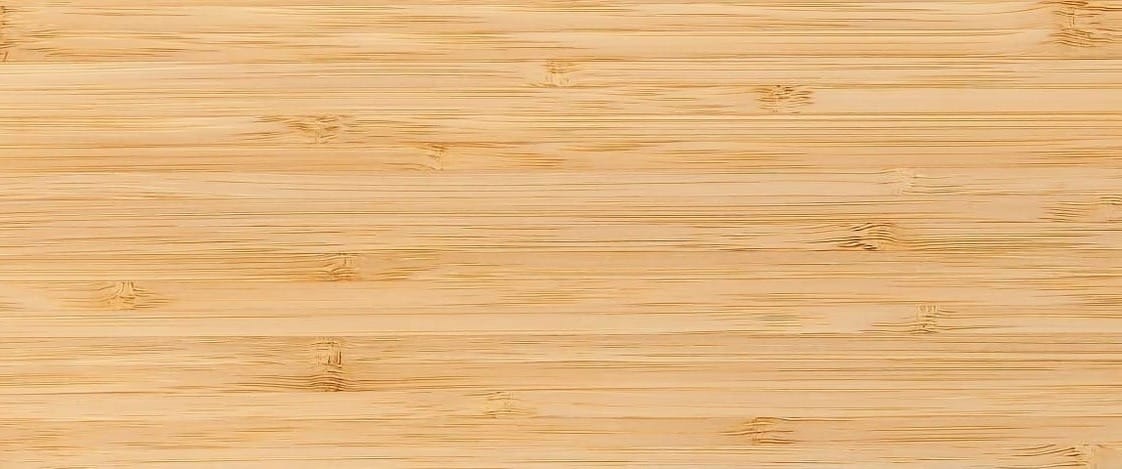
Bamboo's unique appeal lies in its inherent textural qualities. Unlike plain wood, bamboo boasts a smooth, almost satiny surface with a subtle, vertical grain pattern. This natural striation adds a touch of visual interest, while the warm color tones, ranging from light honey to a richer caramel, bring a sense of organic warmth to any kitchen. These characteristics allow bamboo cutting boards to seamlessly integrate into various design aesthetics, from the rustic charm of a farmhouse kitchen to the clean lines of a contemporary space.
Complementing Kitchen Themes with Bamboo
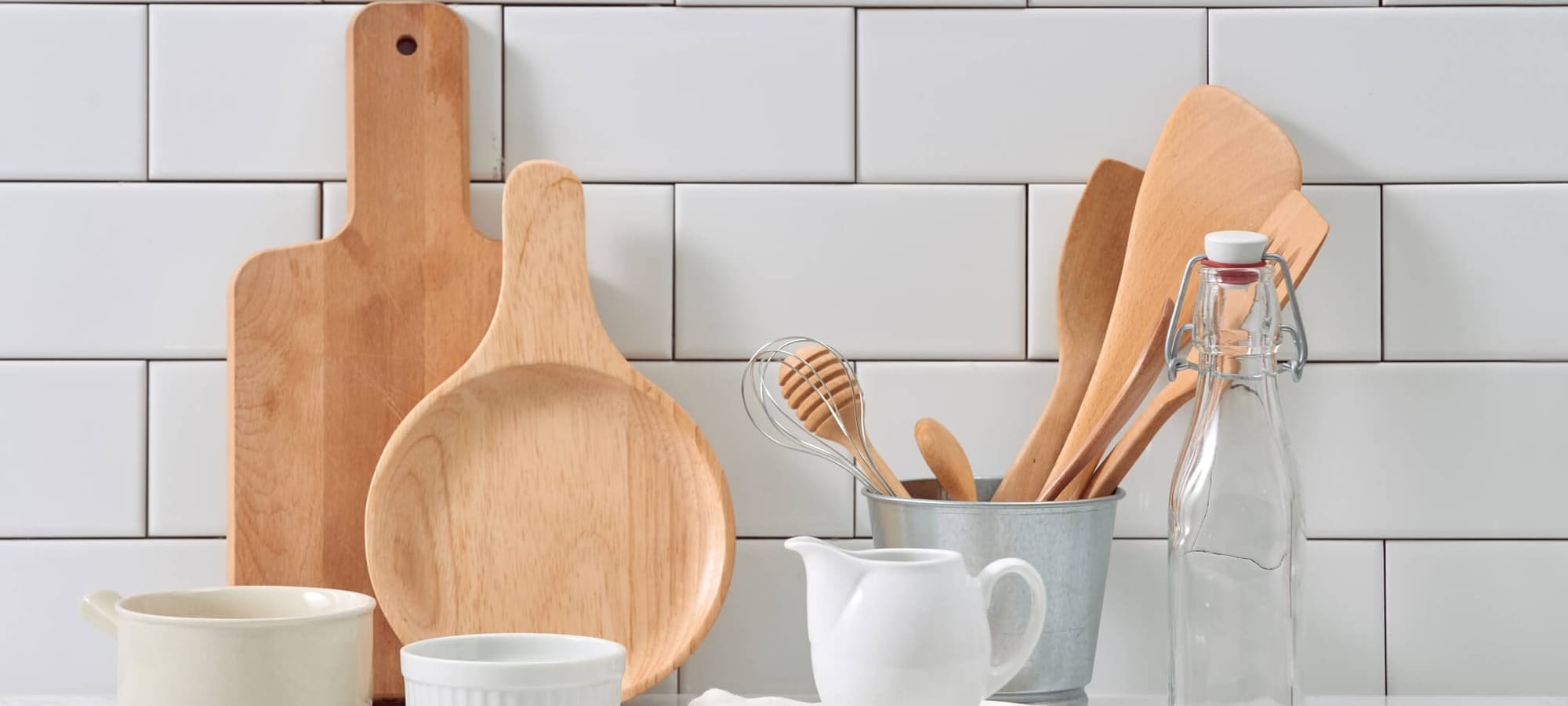
The versatility of bamboo truly shines when it comes to complementing different kitchen themes.
- Minimalist Kitchens: A simple, unadorned bamboo board with clean lines and a natural finish beautifully complements the uncluttered elegance of a minimalist kitchen.
- Rustic Kitchens: For a rustic touch, opt for a thicker bamboo board with a slightly uneven edge. The natural variations in the grain will further enhance the organic feel.
- Modern Kitchens: Square or rectangular bamboo boards with a darker stain create a sleek and sophisticated look that complements modern kitchens.
- Scandinavian Kitchens: Scandinavian kitchens often showcase light and airy aesthetics. A light-colored bamboo board with a rounded edge complements this theme perfectly.
Styling Your Kitchen with Bamboo Accessories
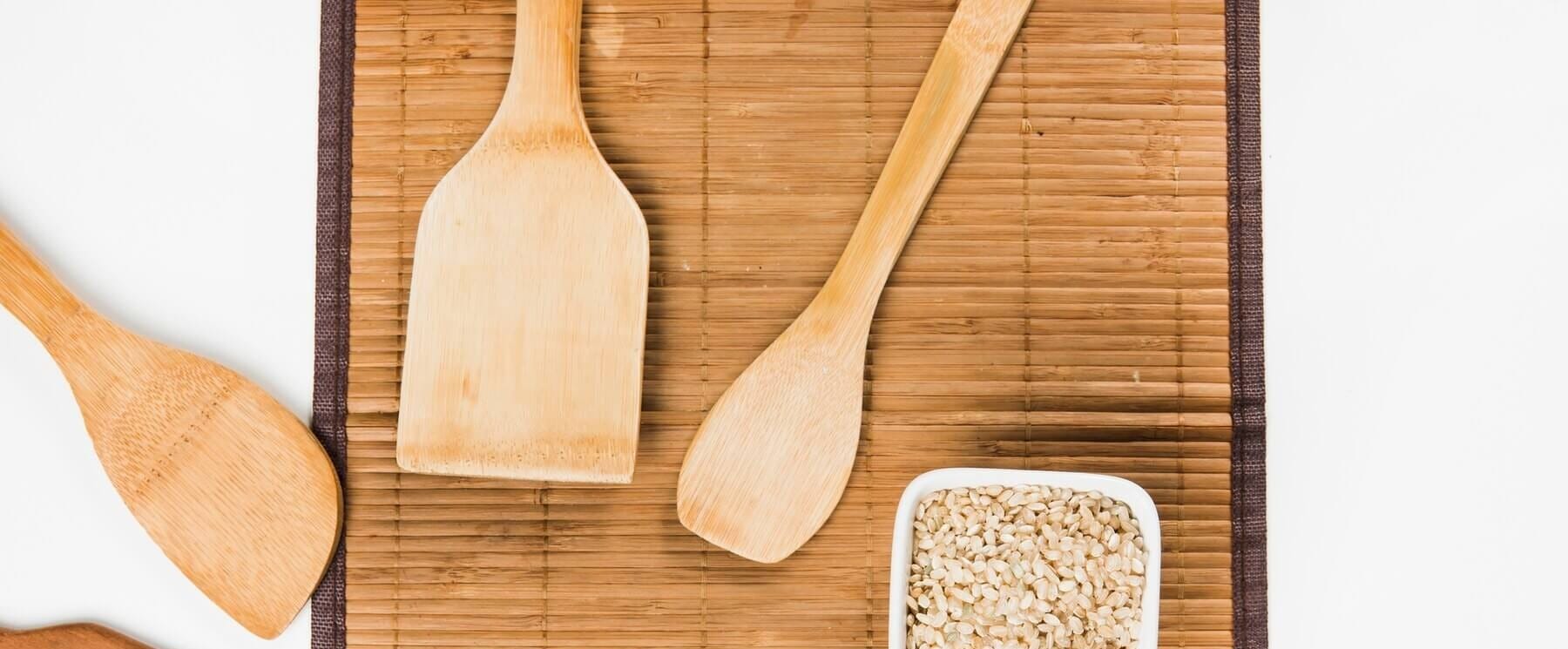
Bamboo cutting boards are just the start. Imagine your kitchen decked out with a suite of bamboo accessories – utensil holders, spice racks, and serving trays that all boast the same golden hues and graceful grain. It's not just about function; it's a design choice. Display your bamboo board on the counter or hang it on the wall; let it double as a serving platter during dinner parties. Mix and match with other natural materials like stone or stainless steel to create a kitchen vibe that's harmonious, stylish, and unmistakably yours.
Maintenance for Long-Lasting Beauty
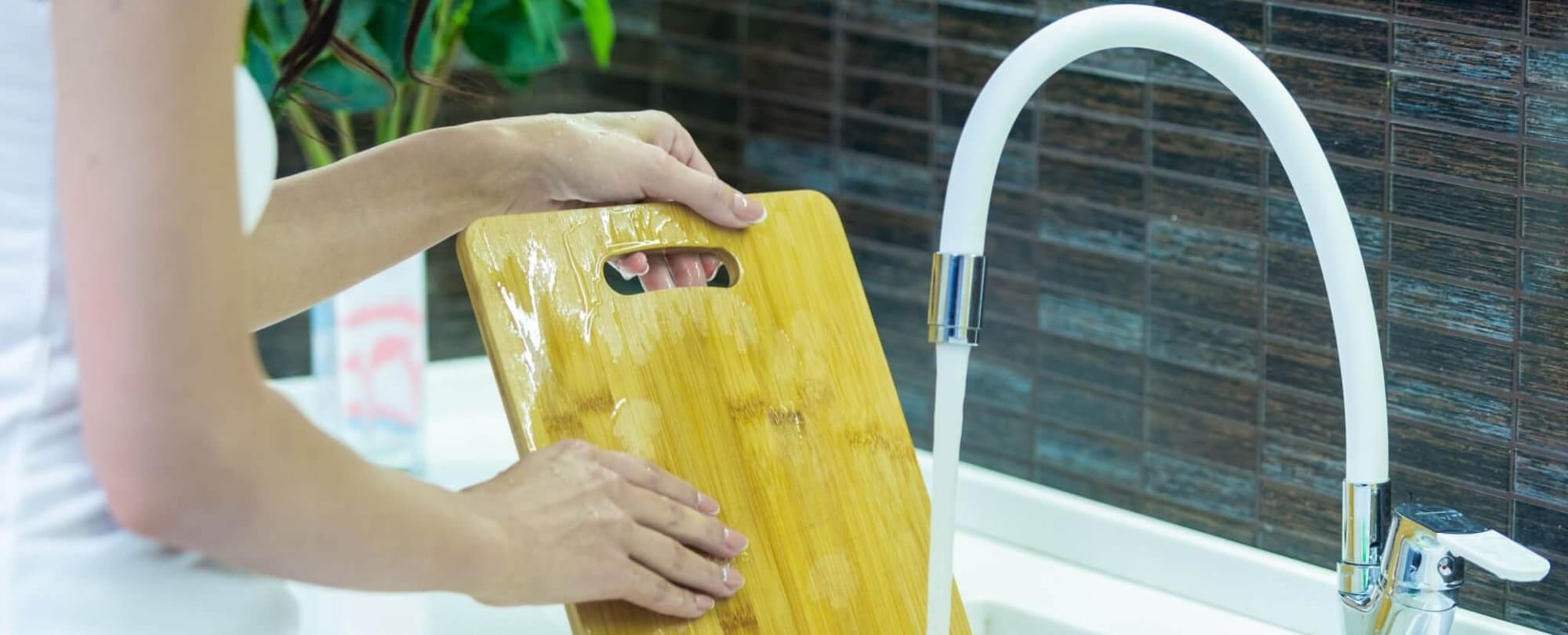
To preserve the natural beauty and longevity of your bamboo cutting board, proper care is essential. Regularly wash the board with warm water and mild soap, allowing it to dry completely before storing. Periodically oil the board with a food-grade mineral oil to prevent cracking and maintain its luster. Store your board upright in a cool, dry place to prevent warping. With proper maintenance, your bamboo cutting board will remain a beautiful and functional part of your kitchen for years to come.
Keeping your cutting board clean and sanitized is crucial for preventing the spread of bacteria and foodborne illness. Here's a resource from the CDC with tips on preventing foodborne illness in your kitchen.
Beyond Functionality: Bamboo as Art
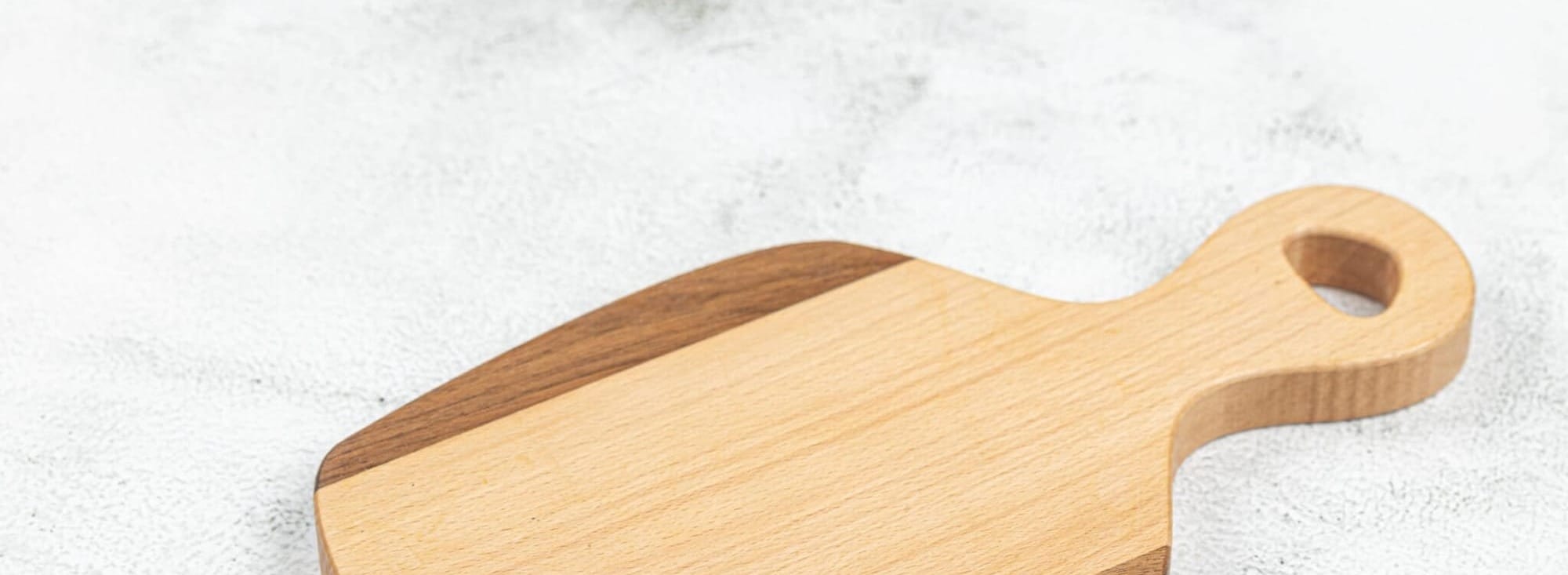
Who says cutting boards can't be showpieces? Today's bamboo boards can be personalized with engravings or designed with intricate inlays, making them as much a piece of art as a kitchen tool. Artisans are turning bamboo into bespoke boards that reflect personal styles, stories, and even humor. Imagine a board inscribed with a family recipe or a skyline of your favorite city – it's a conversation starter that celebrates both form and function, making bamboo boards not just about what you're chopping, but about what you're cherishing.
The Versatility of Bamboo in Design
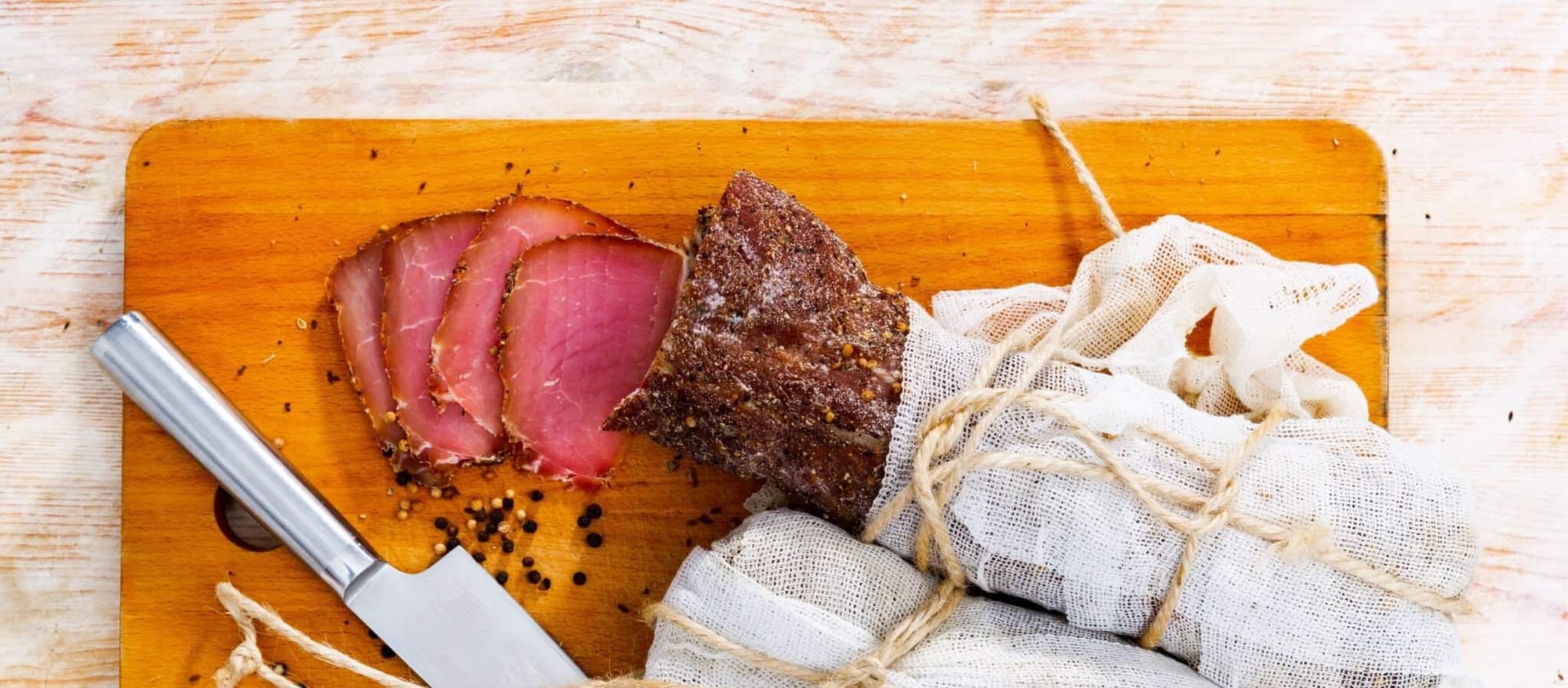
Bamboo isn't just about being cut out for cutting; it's a chameleon in your kitchen. These boards transition smoothly from slicing stations to elegant serving platters. Picture a bamboo board laden with an assortment of cheeses, fruits, and crackers – it's not just practical, it's party-perfect. They can also double as a charming charcuterie board or a rustic base for your sushi spread. It's this adaptability in design that makes bamboo cutting boards a staple for both everyday use and special occasions.
Gifting Bamboo
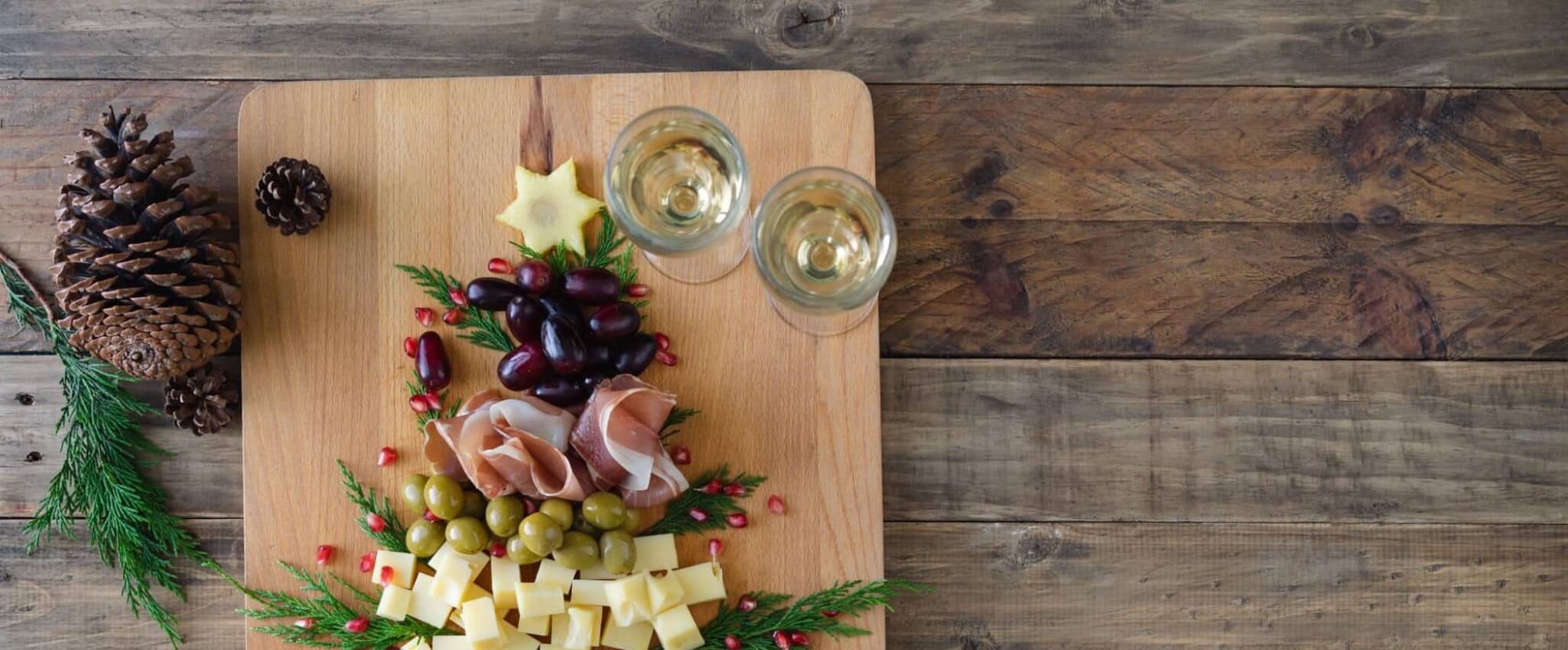
In a world where thoughtful gifting means more than ever, bamboo cutting boards are a win-win. They're not just kitchen tools; they're a statement of care for your loved ones and the planet. Whether it's for a housewarming, a wedding, or just because, a bamboo cutting board is a gift that says, 'I care about you and the Earth.' With their blend of utility, beauty, and sustainability, these boards are gifts that keep on giving.
The Great Debate: Bamboo vs. Wood Cutting Boards
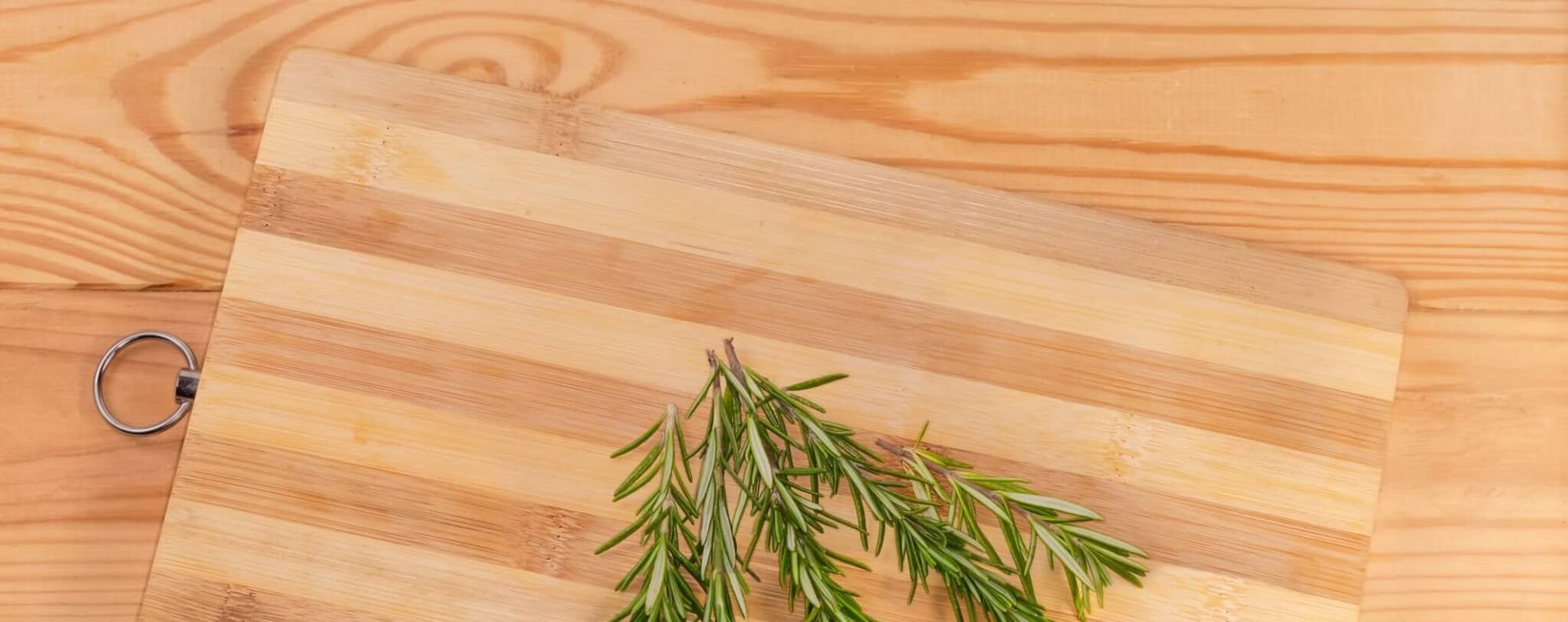
Since we're highlighting bamboo as a fantastic cutting board option, it can be helpful to acknowledge the age-old debate: bamboo vs. wood cutting boards.
Here's a breakdown of the key points to consider:
- Durability: Wood cutting boards, especially those made from hardwoods like maple or walnut, tend to be more durable than bamboo. They're less likely to crack or warp with heavy use.
- Knife Friendliness: Bamboo is generally gentler on knives than some hardwoods, meaning they'll stay sharper for longer.
- Maintenance: Both wood and bamboo require regular cleaning and oiling to maintain their appearance and prevent bacteria growth. However, wood might require more frequent oiling.
- Sustainability: Bamboo is a fast-growing, renewable resource, making it a more eco-friendly choice compared to traditional wood.
The Verdict:
The "better" choice ultimately depends on your priorities. If durability is your top concern, a hardwood cutting board might be the way to go. But if you're looking for a sustainable option that's gentle on knives, bamboo is a fantastic pick.
Frequently Asked Questions
Can bamboo boards be customized for special kitchen designs?
Yes, bamboo boards can be tailored in various sizes and shapes to suit unique kitchen aesthetics.
How does bamboo hold up against stains and odors?
Bamboo is naturally resistant to stains and odors, making it an ideal choice for kitchens with heavy use.
Is bamboo truly eco-friendlier than other woods?
Absolutely. Bamboo’s rapid growth and less water consumption make it a more sustainable option.
